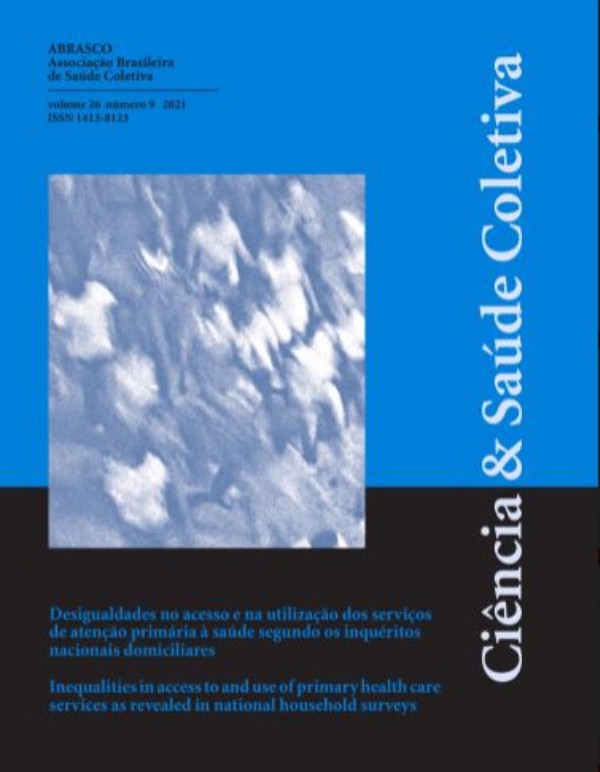0166/2021 - Primary Care Assessment Tool (PCAT): regional differences based on the National Health Survey (PNS-2019)IBGE
Primary Care Asssement Tool (PCAT): diferenças regionais a partir da Pesquisa Nacional de Saúde (PNS-2019) do IBGE
Author:
• Luiz Felipe Pinto - Pinto, L.F - <felipepinto.rio@medicina.ufrj.br>ORCID: https://orcid.org/0000-0002-9888-606X
Co-author(s):
• Leonardo Arêas Quesada - Quesada, L. A. - <leonardo.quesada@ibge.gov.br>ORCID: https://orcid.org/0000-0002-9500-5247
• Otávio Pereira D\'Avila - D\'Avila, O. P. - <otaviopereiradavila@gmail.com>
ORCID: http://orcid.org/0000-0003-1852-7858
• Lisiane Hauser - Hauser, L. - <lisiane.hauser@ymail.com>
ORCID: https://orcid.org/0000-0003-3324-5533
• Marcelo Rodrigues Gonçalves - Gonçalves, M. R. - <marcelo.goncalves@telessauders.ufrgs.br, marcelorog@gmail.com>
ORCID: https://orcid.org/0000-0001-8516-8547
• Erno Harzheim - Harzheim, E. - <eharzheim@hcpa.edu.br>
ORCID: https://orcid.org/0000-0002-8919-7916
Abstract:
In 2019, the IBGE, unprecedented among the official statistical institutes worldwide, included a special module on the evaluation of primary health care in its main population-based population survey, the National Health Survey (PNS-2019). The survey considered the reduced version of the Primary Care Assessment Tool (PCAT), developed and disseminated by Starfield and Shi to assess the existence and extent of the structure and process characteristics of primary health care services. It is the largest probabilistic sample using this instrument ever conducted in a single country in the world that interviewed users aged 18 or over (n = 9,677).The results of the overall scores of the PCATBrazil (5,9 [5,8; 5,9]) point to great regional and intraregional contrasts, with the South region of the country standing out with the one with the best evaluations of primary care services (overall score = 6,3 [6,2; 6,5]) and the northern region, on the other side (overall score = 5,5 [5,3; 5,7]). There were also statistically significant and more favorable differences between residents of households registered by family health teams, among the elderly and among those who use health services the most (adults with reported morbidities).











